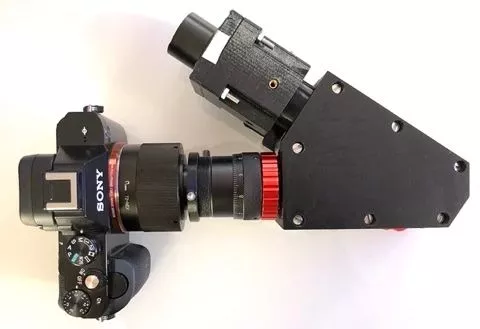- Details
Produktbeschreibung
Vergleich verschiedenerer Kameras für das Sol’Ex (SolEx):
Für das Sol’Ex könne verschiedene Kameras genutzt werden. Hier sind diese und deren Eigenschaften in Bezug auf den Spektroheliographen aufgeführt.
ASI178MM camera
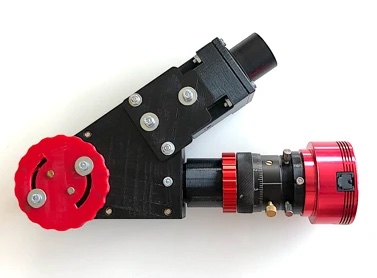
Abbildung des Spektrums bei einem verwendeten 4.5 mm Spalt
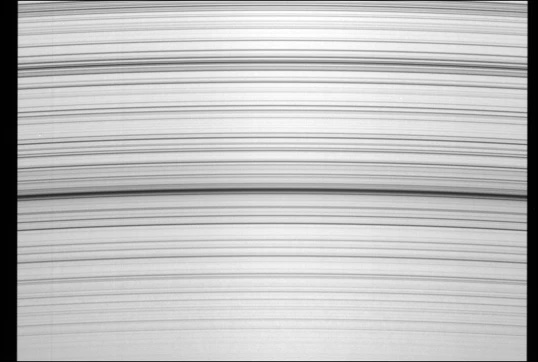
Image size: | 3896 pixels x 2080 pixels - Pixels size: 2.4 microns |
Spectral sampling (for blnning 1x1): | 0.0626 A/pixel |
Maximal focal for capture full solar disk: | 480 mm (slit limitation) |
Anmerkungen: Das Spaltbild (rechts und links) passt mit einem kleinen Spielraum auf die Breite des Sensors. Dies ist eine absichtliche Anpassung, die bei der Entwicklung von Sol'Ex vorgenommen wurde. Diese Konfiguration wird als perfekt für Sol'Ex angesehen.
ASI290 Mini camera
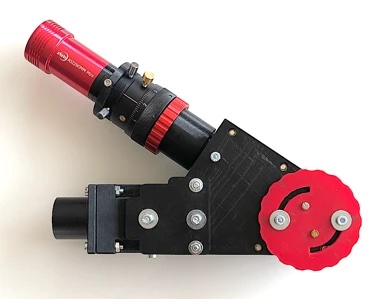
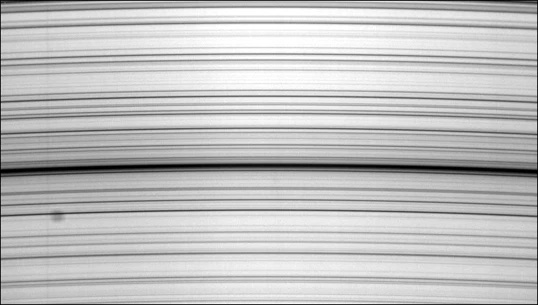
Image size: | 1936 pixels x 1096 pixels - Pixels size: 2.9 microns |
Spectral sampling (for blnning 1x1): | 0.0726 A/pixel |
Maximal focal for capture full solar disk: | 380 mm (camera limitation) |
Anmerkungen: Das gesamte Spaltbild passt nicht mehr auf die Breite des Sensors. Die Brennweite des Teleskops sollte 380 mm nicht überschreiten, wenn das Bild der Sonnenscheibe in einem Durchgang aufgenommen werden soll. An der Schnittstelle wird ein 31,75-mm-Verlängerungstubus verwendet, um die Schärfe zu gewährleisten.
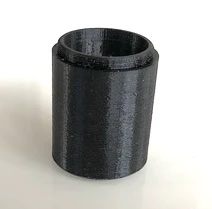
ASI174 Mini camera
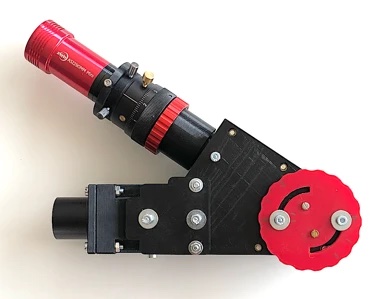
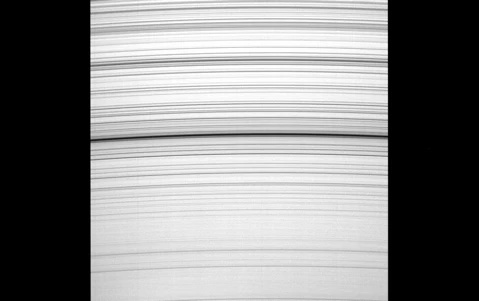
Image size: | 1931936 pixels x 1216 pixels - Pixels size: 5.86 microns |
Spectral sampling (for blnning 1x1): | 0.1450 A/pixel |
Maximal focal for capture full solar disk: | 480 mm (slit limitation) |
Anmerkungen: Das Spaltbild passt weitgehend auf die Breite des Detektors.
Der Sensor zeichnet sich durch eine große Pixelgröße aus. Die Spektralabtastung ist unzureichend, um die gesamte spektrale Leistung von Sol'Ex abzubilden. Das Bild ist deutlich under sampled , was es schwierig macht, die Flügel der H-alpha-Linien genau zu beobachten und die feineren Linien zu untersuchen. Auch der Kontrast der Bilder in der H-alpha-Linie ist reduziert.
Die effektive Bandbreite in der Größenordnung von 0,3 A liegt jedoch auf dem Niveau guter Interferenzfilter, was bedeutet, dass es immer noch möglich ist, gute Bilder in dieser Linie aufzunehmen.
Auch die Auflösung von Details auf der Sonnenscheibe wird im Vergleich zu einer Kamera mit kleineren Pixeln, wie z. B. einer ASI178MM, etwas beeinträchtigt.
Andererseits eignet sich diese Kamera perfekt für die Beobachtung der H- und K-Linien von Ca II im UV, die weitaus geringere Anforderungen an die spektrale Auflösung stellen. Das Bild ist auch sehr hell in einem Bereich des Spektrums, in dem es an Lichtstärke mangelt.
ASI183MM Pro camera
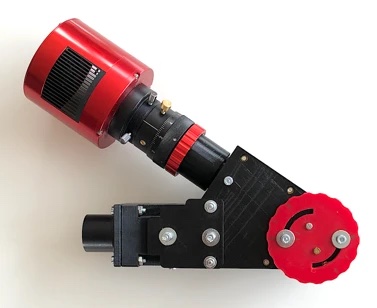
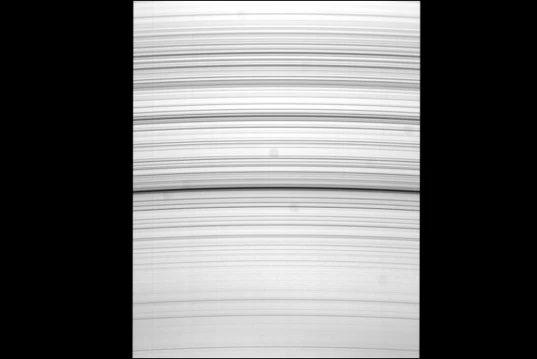
Image size: | 5496 pixels x 3672 pixels - Pixels size: 2.4 microns |
Spectral sampling (for blnning 1x1): | 0.0626 A/pixel |
Maximal focal for capture full solar disk: | 480 mm (slit limitation) |
Anmerkungen: Wir kommen in die Kategorie der "großen" Kameras, die mit Peltier-Kühlung ausgestattet sind. Die Größe ist beeindruckend, aber es sollte beachtet werden, dass es eine Adaption zu Sol'Ex gibt und dass wir in der Lage sind, das Spektrum zu fokussieren.
Es ist möglich, mit einer solchen Großsensor-Kamera Sonnen-"Scans" aufzunehmen, aber natürlich ist die ROI ("Cropping") mehr als notwendig. Das gesamte Bild des Spalts passt nicht mehr auf die Breite des Sensors. Diese Konfiguration wird besonders effektiv für Star'Ex sein, weil der Sensor kühlt. (oder in Zukunft ein anderer Spalt eingebaut wird.)
ASI294MM Pro camera

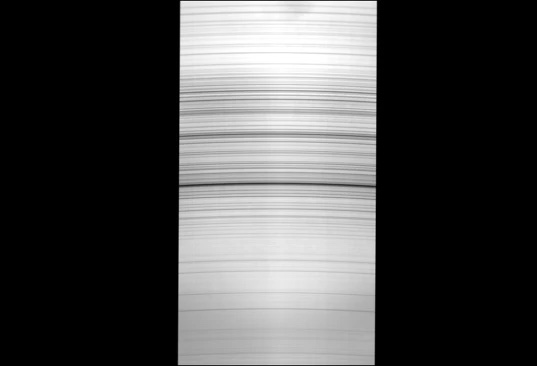
Image size: | 8244 pixels x 5644 pixels - Pixels size: 2.32 microns |
Spectral sampling (for blnning 1x1): | 0.0605 A/pixel |
Maximal focal for capture full solar disk: | 480 mm (slit limitation) |
Anmerkungen: Auch hier handelt es sich um eine große Kamera mit einem Kühlsystem. Die Situation mit dieser Kamera ist kompliziert, denn wenn man sich die offizielle ZWO-Dokumentation ansehen, sieht man, dass sie als 4144 x 2822 Pixel mit 4,64 Mikron Pixel beschrieben wird. In Wirklichkeit hat diese Kamera, die von einem Farbmodell stammt, einen doppelt so starken Modus, den einige Software lesen kann (z. B. Prism). Letztlich ist dies die Kamera, die das Spektrum am feinsten abtastet. Aber wie auf dem Bild oben links zu sehen ist, nimmt das Spektrum weniger als die Hälfte der Nutzfläche ein. Christian konnte diese Kamera (zusammen mit der ASI183MM Pro) erfolgreich für Sonnen-"Scans" verwenden, indem er den notwendigen "Crop" vornahm.
ASI6200MM Pro camera
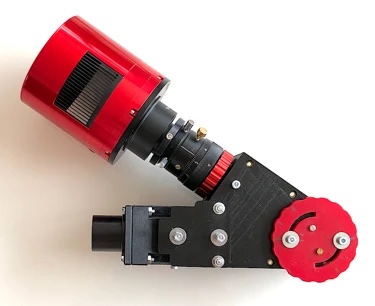

Image size: | 8244 pixels x 5644 pixels - Pixels size: 2.32 microns |
Spectral sampling (for blnning 1x1): | 0.0605 A/pixel |
Maximal focal for capture full solar disk: | 480 mm (slit limitation) |
Bemerkungen: Diese Kamera fällt aus der Kategorie heraus, sowohl hinsichtlich ihrer Größe, ihres Formats (24 x 36) als auch ihres Preises (das Modell ASI2600MM Pro ist etwas günstiger, mit einem kleineren Sensor, aber mit gleichwertigen Eigenschaften).
Diese Konfiguration als Demonstration und Kuriosität gezeigt.
Sony Alpha DSLR
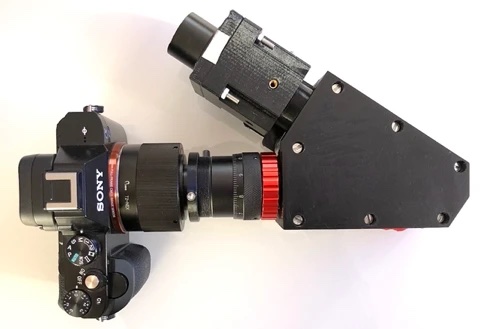

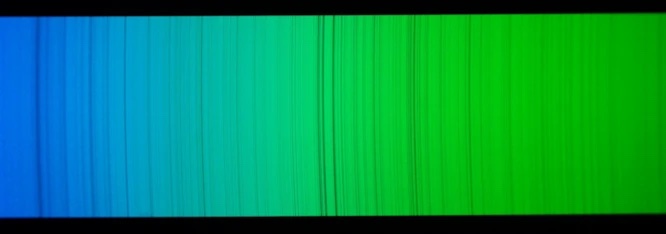
Sol'Ex kann mit einer Digitalkamera (APN) verwendet werden. Die Möglichkeit, mit dieser Kamera Bilder in "echten" Farben zu machen, ist von Interesse für das Erlernen der Funktionsweise eines Spektrographen und der allgemeinen Grundsätze der Spektrografie. Die Farbabbildung der Spektren ist eine Möglichkeit für einen pädagogischen Ansatz.
Viele Digitalkameras können über die HDMI-Schnittstelle auch an große Bildschirme angeschlossen werden, eine ideale Lösung für eine öffentliche Vorführung. Allerdings ist es nicht sinnvoll, mit dieser Art von Geräten Scans der Sonne durchzuführen (Pixelgröße, Bayer-Matrix, Lesemodus ...).
Es wird ein kleiner Satz zusätzlicher Teile benötigt, um ein klares Bild zu erhalten, hier getestet mit dem Sony Alpha Serie. Dieser "APN-Bausatz" umfasst einen "APN-Tubus" für ein schraubenförmiges Fokussierungssystem, einen "APN_spacer" und einen "APN_ring". Dieses Set ist für die Verwendung mit dem Objektiv mit 125 mm Brennweite gedacht. Eine weitere Verwendung des "APN_tube" finden Sie im Abschnitt "Sterne".
Diesen Artikel haben wir am 14.11.2022 in unseren Katalog aufgenommen.
Profitieren Sie von unseren Erfahrungen als Teleskop-Spezialisten:
denn sehen heißt verstehen
in besonderen Fällen auch Vor-Ort-Service im Raum München

